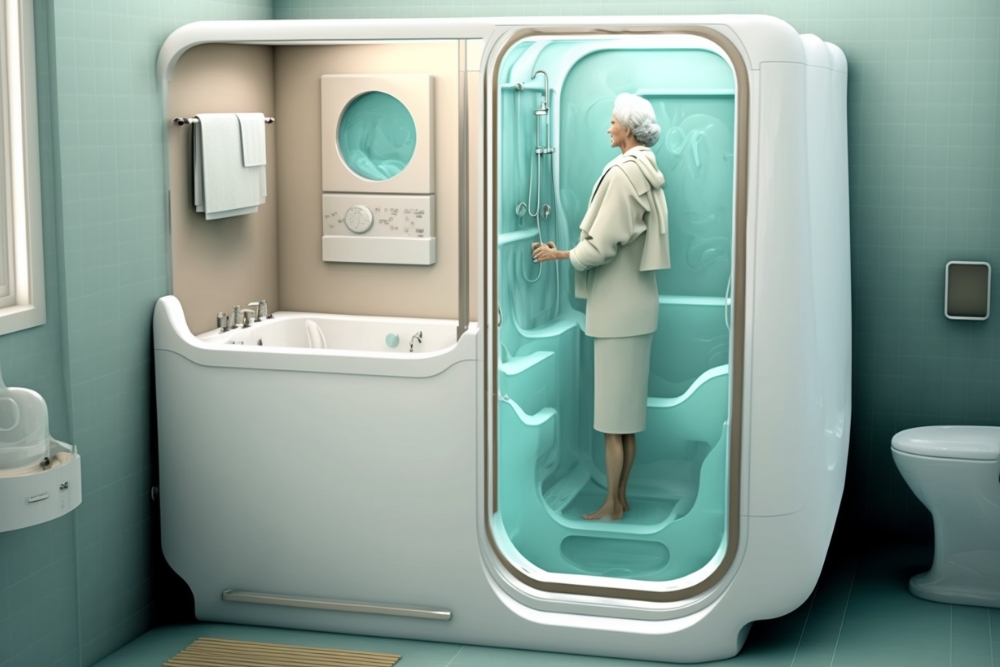Creating Comfortable Living Spaces for Older Adults
Specialized living environments designed to meet the unique needs of older adults combine comfort, accessibility, and community to enhance quality of life during retirement years. Understanding what makes these living spaces effective requires examining several key factors that contribute to resident satisfaction and wellbeing.

Senior apartments represent a growing housing option specifically designed to accommodate the needs and preferences of older adults. These specialized living environments focus on creating spaces where seniors can maintain independence while enjoying appropriate support features. Unlike traditional housing, senior apartments incorporate thoughtful design elements, community amenities, and accessibility features that address the changing physical capabilities and social needs that often accompany aging.
How Location Impacts Senior Apartment Comfort
The geographical positioning of senior apartments significantly influences resident satisfaction and quality of life. Proximity to essential services like healthcare facilities, pharmacies, and grocery stores reduces transportation challenges and supports independent living. Many seniors benefit from apartments located near public transportation options, which maintains their mobility even when driving becomes difficult.
Neighborhood safety represents another crucial location factor. Areas with low crime rates, well-lit streets, and pedestrian-friendly sidewalks encourage seniors to remain active and engaged with their surroundings. Additionally, apartments situated near cultural venues, parks, and community centers provide opportunities for continued social engagement and enrichment activities.
Climate considerations also play a role in location decisions. Some seniors prefer regions with moderate weather patterns that allow for year-round outdoor activities without extreme temperature variations that could exacerbate health conditions. The surrounding natural environment, whether urban convenience or suburban tranquility, should align with individual lifestyle preferences.
Benefits of Senior-Friendly Apartment Design
Senior-friendly apartments incorporate numerous design elements that enhance comfort, safety, and usability. Open floor plans with wider doorways and hallways accommodate mobility devices while creating a spacious atmosphere. Thoughtful lighting design addresses vision changes common among older adults, with increased illumination in task areas and nighttime pathway lighting to prevent falls.
Kitchens and bathrooms receive special attention in senior-friendly designs. Accessible countertop heights, lever-style faucets, and pull-out shelving make daily tasks easier for those with arthritis or limited reach. Bathrooms often feature walk-in showers with grab bars, comfort-height toilets, and non-slip flooring to reduce accident risks.
Energy efficiency represents another significant benefit, as many seniors live on fixed incomes. Well-insulated units with energy-efficient appliances help control utility costs while maintaining comfortable living environments year-round. Smart home features like programmable thermostats and voice-activated systems add convenience while supporting independent living.
Features That Make Apartments Ideal for Senior Residents
Beyond individual apartment designs, senior communities typically offer amenities specifically tailored to older adults’ needs and interests. Community spaces encourage social interaction through organized activities, shared meals, and casual gatherings. These social connections help combat isolation and contribute significantly to mental wellbeing.
Maintenance services represent a major advantage for senior residents. Most communities handle exterior upkeep, landscaping, and major repairs, eliminating physically demanding tasks that become challenging with age. Many also offer housekeeping assistance options, allowing residents to focus on enjoyable activities rather than household chores.
Technology integration continues to evolve in senior apartments. Features like emergency call systems, telehealth capabilities, and security monitoring provide peace of mind to residents and their families. Some communities even offer technology training programs to help seniors stay connected with loved ones through video calls and social media.
Importance of Safety and Accessibility in Senior Living
Safety represents the foundation of effective senior living environments. Comprehensive security systems, controlled building access, and emergency protocols protect vulnerable residents. Inside apartments, features like smoke detectors with visual alerts, automatic shut-off devices for appliances, and fall detection systems provide additional layers of protection.
Accessibility extends beyond basic requirements to create truly livable spaces. Zero-threshold entries eliminate tripping hazards, while lever door handles and rocker light switches accommodate those with limited hand strength or dexterity. Bathroom modifications like roll-in showers and strategically placed grab bars support independence in personal care routines.
Many senior communities also implement wellness programs that complement physical safety features. Exercise classes designed for various ability levels, health screenings, and nutrition guidance help residents maintain their physical capabilities and manage chronic conditions. This holistic approach to safety addresses both environmental and personal health factors.
Community Aspects of Senior Apartment Living
The social environment within senior apartment communities significantly impacts residents’ quality of life. Organized activities ranging from book clubs and gardening groups to fitness classes and outings create opportunities for meaningful interaction. These connections help prevent isolation and depression while providing intellectual and emotional stimulation.
Staffing represents another important community aspect. Professional management teams trained in senior needs can address concerns promptly and coordinate appropriate services. Many communities employ activity directors who develop engaging programs based on residents’ interests and abilities. Some even offer transportation services for shopping, medical appointments, and recreational outings.
Intergenerational programming has gained popularity in many senior communities, bringing together older adults and younger generations for mutual benefit. These interactions help seniors maintain connection with broader society while sharing their knowledge and experiences. Whether through formal volunteer programs or casual community events, these relationships enrich the living environment.
Senior apartments continue to evolve in response to changing demographics and expectations. Today’s older adults seek housing options that support independence, provide appropriate assistance when needed, and offer opportunities for continued growth and engagement. By understanding the key elements that contribute to successful senior living environments—location, design, amenities, safety features, and community aspects—families can make informed decisions that align with individual needs and preferences.




